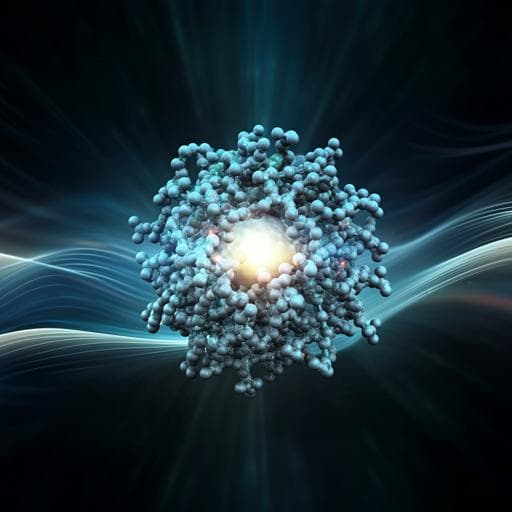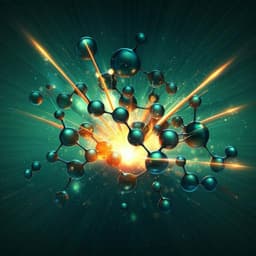
Engineering and Technology
Efficient and sustainable water electrolysis achieved by excess electron reservoir enabling charge replenishment to catalysts
G. R. Lee, J. Kim, et al.
Discover groundbreaking advancements in water electrolysis with research conducted by Gyu Rac Lee, Jun Kim, Doosun Hong, Ye Ji Kim, Hanhwi Jang, Hyeuk Jin Han, Chang-Kyu Hwang, Donghun Kim, Jin Young Kim, and Yeon Sik Jung. This study reveals how an excess electron reservoir dramatically enhances the stability of active-Ir(III) in IrOₓ catalysts, achieving an astounding 75 times higher mass activity than commercial options—paving the way for gigawatt-scale hydrogen production!
~3 min • Beginner • English
Related Publications
Explore these studies to deepen your understanding of the subject.







